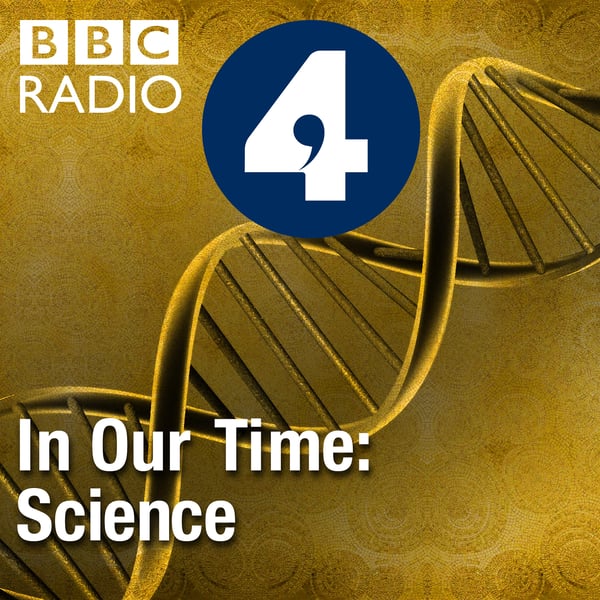Galaxies
In Our Time: Science
BBC
4.5 • 1.4K Ratings
🗓️ 29 June 2006
⏱️ 42 minutes
🧾️ Download transcript
Summary
Transcript
Click on a timestamp to play from that location
| 0:00.0 | Thanks for down learning the In Our Time podcast. |
| 0:02.5 | For more details about In Our Time and for our terms of use, |
| 0:05.5 | please go to BBC.co. UK. |
| 0:08.5 | forward slash Radio 4. |
| 0:09.5 | I hope you enjoy the program. |
| 0:11.5 | Hello, ours is about a hundred thousand light years across. |
| 0:15.0 | It shaped like a fried egg and we travel inside it at approximately 220 kilometers per second. |
| 0:20.8 | The nearest one to us is much smaller and is nicknamed the Sagittarius dwarf. |
| 0:25.0 | But the one down the road called Aldrometer is just as large as ours and in 10 billion years we'll probably crash into it. |
| 0:32.0 | I'm talking about galaxies, the vast islands in space |
| 0:34.8 | of staggering beauty and even more staggering dimension. But galaxies aren't |
| 0:39.3 | simply there to adorn the universe, they house much of its visible matter and maintain the stars in a constant cycle of creation and destruction. |
| 0:47.0 | But why do the galaxies exist? How have they evolved? |
| 0:51.0 | And what lies at the center of a galaxy to make the stars dance around it |
| 0:54.4 | at such colossal speeds. |
| 0:56.0 | With me to discuss galaxies at John Gribbin, visiting fellow in astronomy at the University |
| 1:00.7 | of Sussex, Carolyn Crawford, Royal Society University |
| 1:04.3 | Research Fellow at the Institute of Astronomy, and Robert Kennecutt, Plume and |
| 1:08.2 | Professor of Astronomy and Experimental Philosophy at the University of Cambridge. |
| 1:12.1 | John Grubman, let's start with a |
| 1:13.7 | simple definition. What's a galaxy and what do galaxies consist of? You've done it |
| 1:18.6 | already. It's this flattened disk of stars. When we look up at the sky |
... |
Please login to see the full transcript.
Disclaimer: The podcast and artwork embedded on this page are from BBC, and are the property of its owner and not affiliated with or endorsed by Tapesearch.
Generated transcripts are the property of BBC and are distributed freely under the Fair Use doctrine. Transcripts generated by Tapesearch are not guaranteed to be accurate.
Copyright © Tapesearch 2025.

